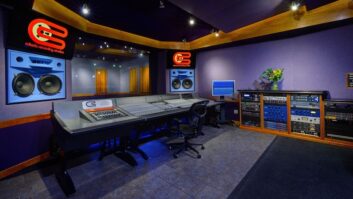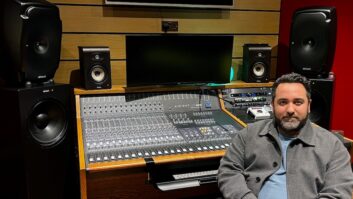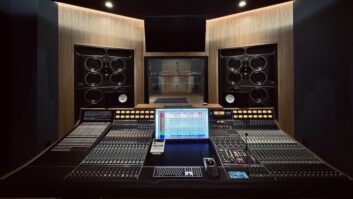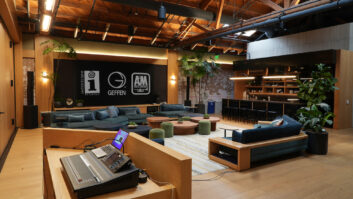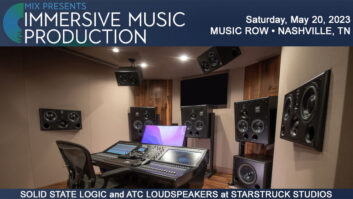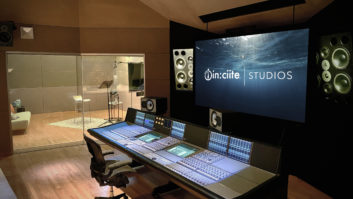Since the turn of the millennium, major recording studios have been steadily disappearing from the urban landscape. There’s a number of reasons for this. Popular music has moved away from live instruments, so there’s less need for a big live room. The revenue model of the music industry has imploded, though it’s been growing again in recent years. And then, of course, there’s the rise of DAWs, plug-ins and the rest, democratizing somewhat the ability to create quality recordings without having to invest hundreds of thousands of dollars.
The main culprit behind most studio closings in the big cities, however, has been something else entirely: the rent. Here in New York City, where Pro Sound News is based, the list of facilities closing because of explosively rising rents is quite long—and sad, too, as these studios always seem to get torn down to be replaced by luxury high-rises. The Hit Factory closed in 2005 and turned into 27 apartments starting at $1 million. (Adding insult to injury, they kept the name for the development). Clinton Recording on 38th Street, sold in 2010, was demolished to make way for 20 residential units and a ground-floor commercial space. Sony Music Studios? The building sold in 2007 for $44 million and the site was razed, to be replaced by luxury condos. And those are just the first ones off the top of my head.
Studios may be closed-door facilities, but they bring flavor to a neighborhood. That’s one of the key reasons anyone moves into an area—because its desirable attributes reflect how they want to live.
With that in mind, it’s no small irony that the hottest new amenity in luxury high-rise developments is … you guessed it: an on-site recording studio.
Take Henry Hall, a 225-unit leased apartment building marketed towards well-off millennials. Part of New York’s massive $20 billion Hudson Yards redevelopment project, the building is built on the site of the former Legacy Recording Studio; to pay homage to that history, project designer Ken Fulk gave the building a “jam room” in the basement, outfitted with instruments, studio-quality mics and a DAW setup.
A more professional-level recording studio, however, is slated to be part of Waterline Square, a three-tower residential project on the Upper West Side near Lincoln Center and Julliard School of Music. Slated to open next spring, the building will have a studio that tenants can book for private use—an addition that was thrown into the complex’s 100,000-square-foot shared amenity space when developers started to get queries from performers and Julliard parents. The cost of booking will be part of Waterline Square’s amenity fees.
Such offerings aren’t just a New York phenomenon; in Chicago, One Arlington, a 214-unit rental development, has its own basement studio, while down in Florida, the $2.7 billion Paramount Miami Worldcenter, a development of 512 condos to be completed in the summer of 2019, claims to have more amenities than any other building in the world. As a result, its list of 47 niceties (so far) includes a recording studio, tacked on for good measure when a mere jam room seemed underwhelming. Not far away, Panorama Tower Miami, comprising 821 luxury rental units, sports a soundproofed recording space.
Seeing all these developments with their own studios is a surprising, er, development, but for now, they need to be taken with a grain of salt. One suspects that big promises made before construction began may well materialize as a Mac mini with GarageBand in the corner of a multipurpose room used for yoga and birthday parties. Ultimately an amenity is a feature, not a focus, and to be fair, these buildings are focused on housing people. We probably won’t see any Grammy-winning albums coming out of them, but that’s fine—creating music is one of the great joys in life, and if developers want to create a space where tenants can lay into a drum set for a few hours, that’s actually pretty admirable. Just don’t call it a studio.

